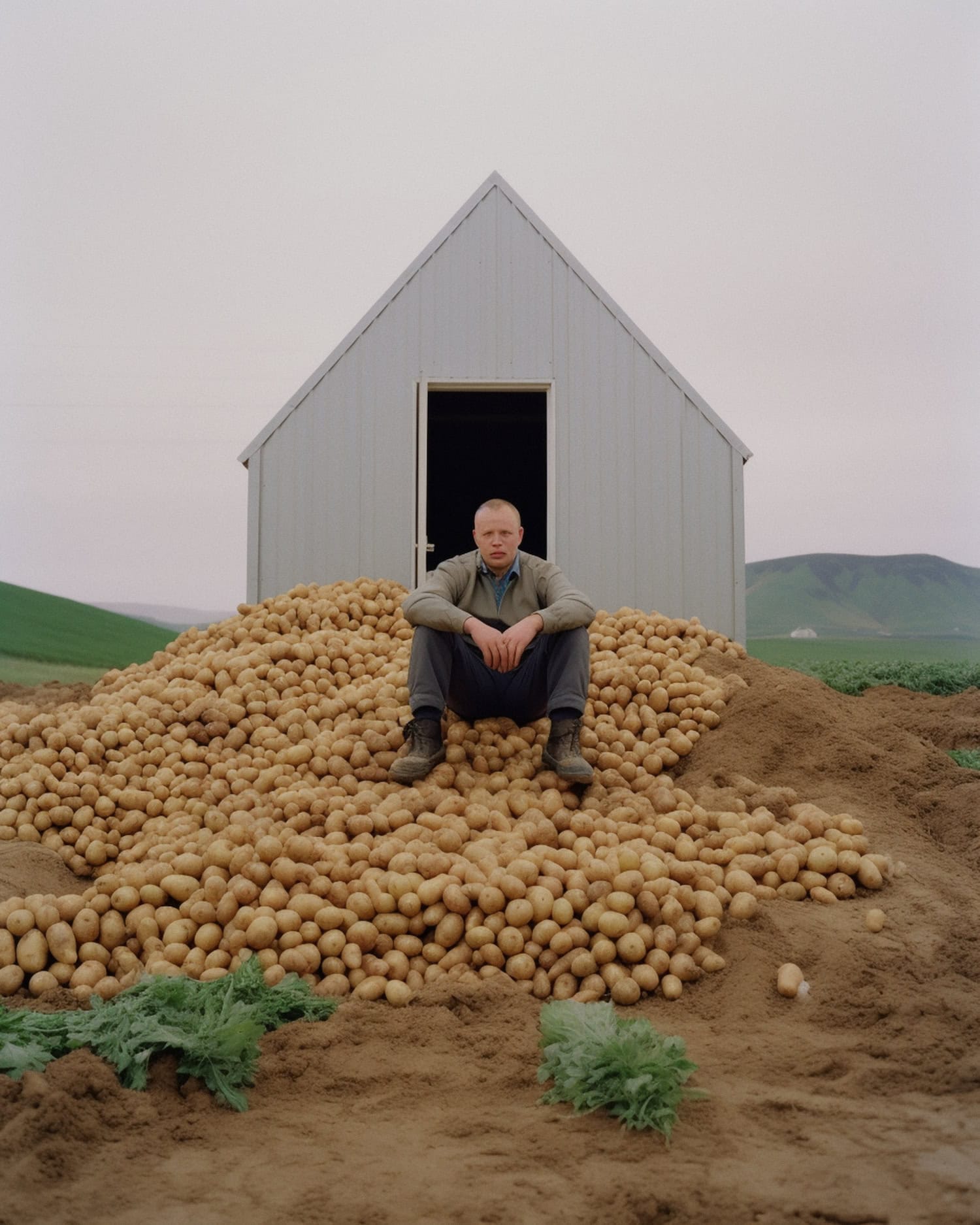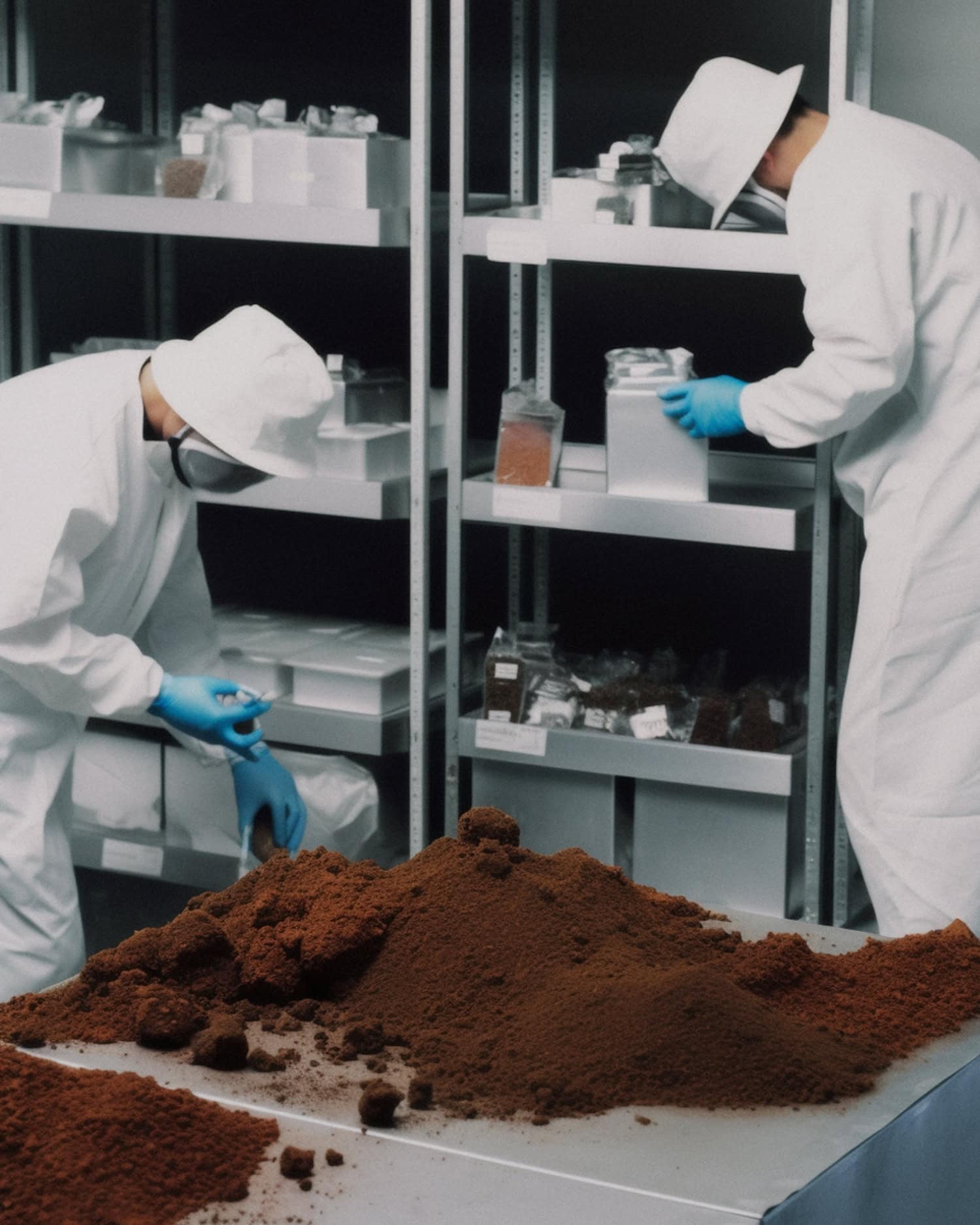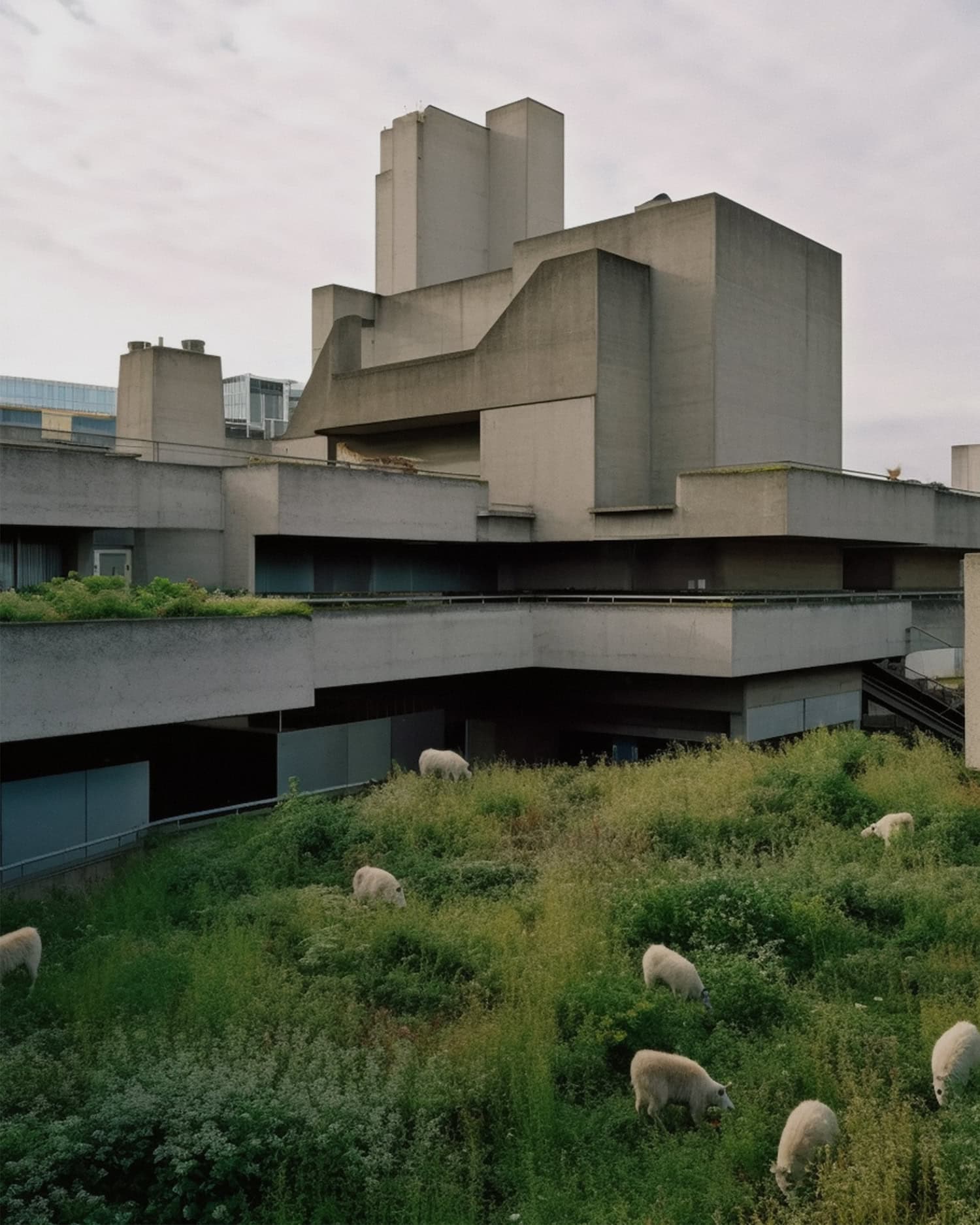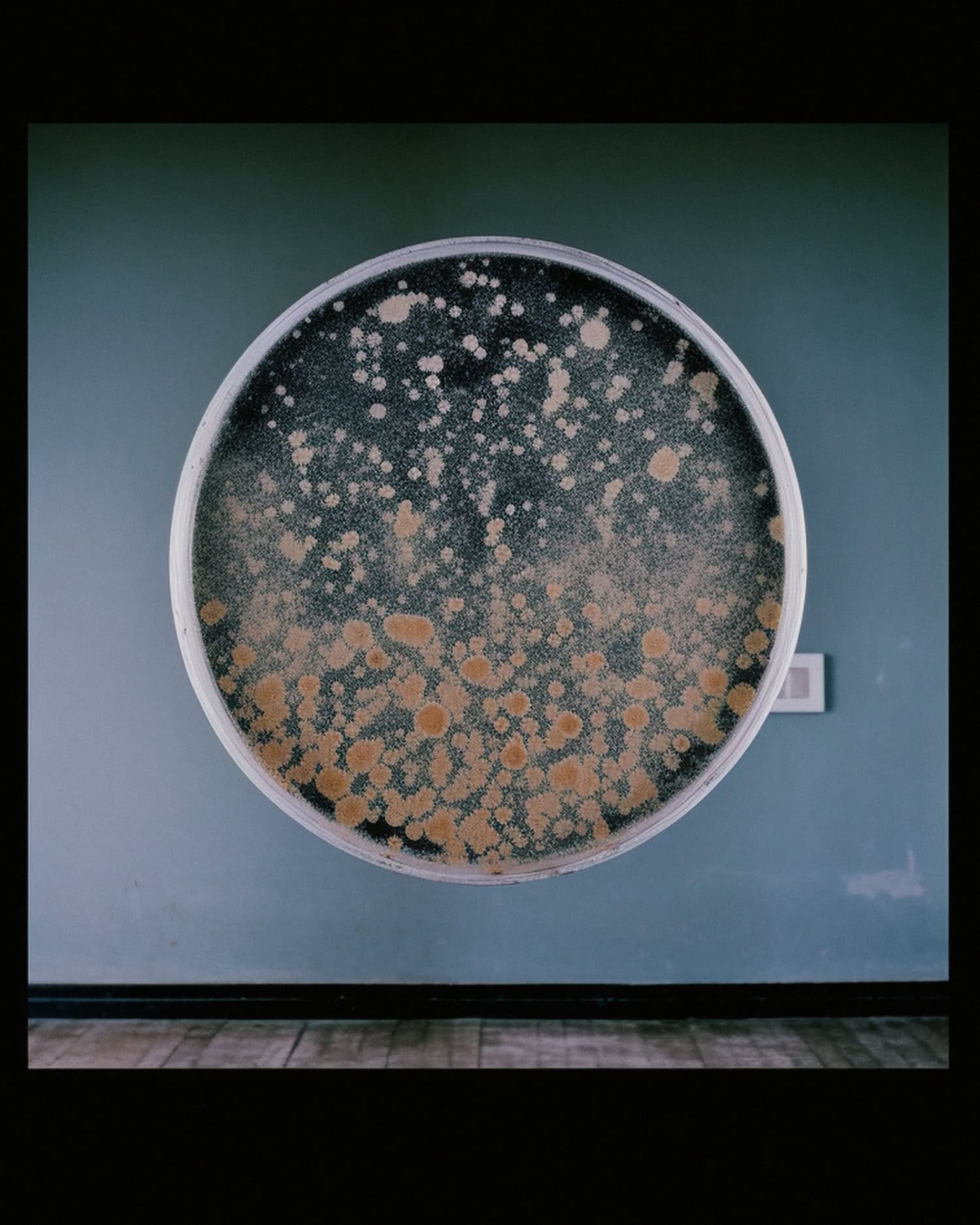The contamination of the soil is one of the main forms of environmental degradation. It is caused by the release into the environment of massive amounts of organic and inorganic chemicals that settle on the ground, particularly associated with atmospheric depositions resulting from emissions from industry, vehicle traffic, dispersion of pesticides, fertilizers, and livestock manure in agriculture. Understanding and quantifying the main phenomena that determine diffuse soil contamination is of considerable importance, indeed, in recent years, there has been growing concern about the impact of conventional agricultural practices on soil health and fertility. Re-generation marks the beginning of a series of projects intricately linked to the theme of environmental conservation. My intention is to create thought-provoking works that go beyond mere entertainment and encourage the audience to question the role of nature in our ecosystem. I strongly believe that, in a world where governments often fail to address environmental injustices, art has a responsibility to engage with and respond to these pressing issues.
Biophilia is more than just a fleeting trend—it’s a way of life. With that in mind, I find myself pondering a crucial question: how can we effectively tackle the urgent environmental crises that confront us, whether in our own neighbourhoods or on a worldwide level? In search of an answer, I realized that logic, rather than mere knowledge, should guide this quest. As I immersed myself in this pursuit, I realized that the actions taken thus far are not enough to mend what is broken, and a powerful realization dawned upon me: if sustainability focuses on reducing damage and circularity seeks to eliminate waste, then there must be, hidden in nature, a profound purpose that lights up our ambition to restore our planet. As we strive for a future where our actions not only sustain but also rejuvenate the Earth, it becomes evident that the most promising path to addressing the environmental crisis lies in the concept of Regeneration, a light of hope, and, most importantly, a comprehensive approach. Unlike other policies that focus on fighting or mitigating climate change, Regeneration embraces the principles of creation, building, and healing, and invites us to restore our ecosystem by adopting strategies that engage people from all levels of society.
As a focus of Regeneration, one key factor that has emerged is the importance of soil organic matter, providing strategies that enhance the capacity of plants to store carbon, thereby stabilizing the climate, restoring ecosystems, and ensuring the security of our food supply. When selecting the main character for the project, I found sweet potato to be a perfect fit, as it is a highly adaptable crop that responds positively to an increase in atmospheric CO2 concentration. This is because CO2 has a direct effect on photosynthesis and stomata physiology, resulting in a higher yield of storage roots. Unlike other crops, sweet potato relies mainly on the formation and development of storage roots rather than the aerial parts.





